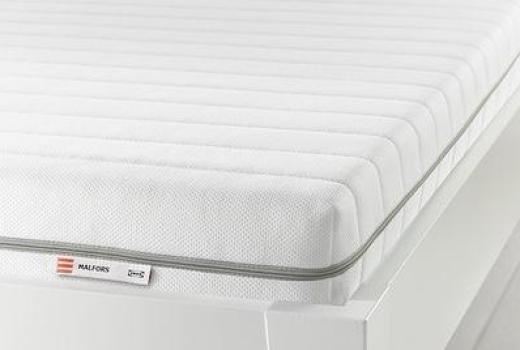November 27, 2015
Email Print
Jane Denny
Urethanes Technology International

Ikea Ikea says there will not be enough bio-based foam available by 2020 to replace its existing traditional polyurethane foam in furniture.
Furniture giant Ikea’s well-publicized pledge to produce 100 percent of its plastics products with renewable and recycled materials by 2020 has one big exception. It excludes polyurethane foam products, according to the company.
Presenting the keynote paper at the 10th European Bioplastics Conference on Nov. 6 in Leiden, the Netherlands, Per Stoltz, sustainability developer, global retail services for Ikea, said, “By 2020, 100 percent of our plastics will be made from renewable or recycled sources.” That includes its “strong ambition regarding bioplastics.
“Our focus is on second generation feedstock which it should be possible to handle in recycling systems,” he added.
However, Ikea has since clarified its position concerning polyurethane. While it is possible to produce polyols from renewable resources, the infrastructure and ability to produce polyols by fully renewable routes would not be in place by 2020.
“Currently polyurethane foam is not included in the 100 percent renewable or recycled pledge for 2020,” said Ikea spokesman Mike Creevy.
However, the company is beginning to bring bio-based PU foam into its processes.

Ikea Ikea began phasing in use of a soy-based foam blend in products such as its Malfors mattresses during the 2015 fiscal year.
In its most recent sustainability report, the company said it began working with two of its suppliers during the 2014 fiscal year to test a system that will reduce the proportion of petroleum-based foam used in its mattresses.
Starting during the 2015 fiscal year, the company would use a new foam made with 15 percent of its raw material from soybeans in its Malfors and Moshult branded mattresses.
“Because soy production can be associated with poor environmental and social standards, we buy our soy oil from segregated, traceable sources in North America, and the suppliers comply with ‘IWAY,’ our supplier Code of Conduct,” the report states.
In his keynote speech Stoltz also said: “We are working actively to introduce renewable raw materials into all of our products as well as the recycling of production off-cuts and raw materials for foam.”
Stoltz told delegates it was the firm’s intention that “50 percent of the non-renewable materials used in home furnishing products [would be] recycled by 2017.

























